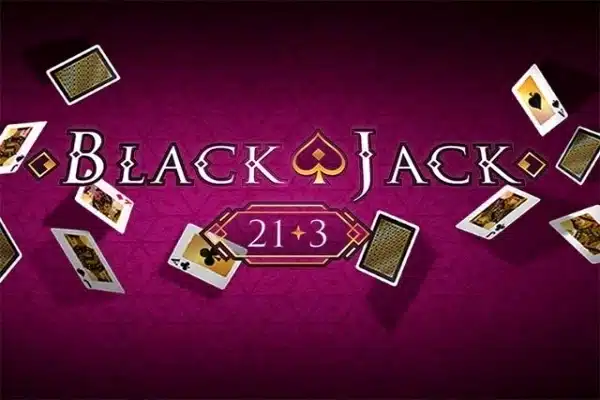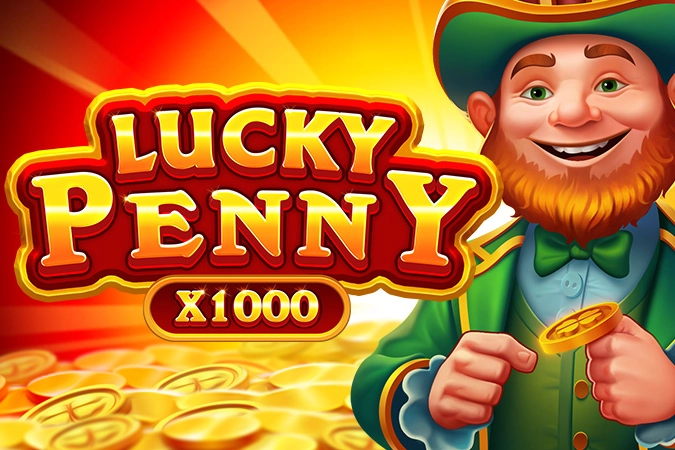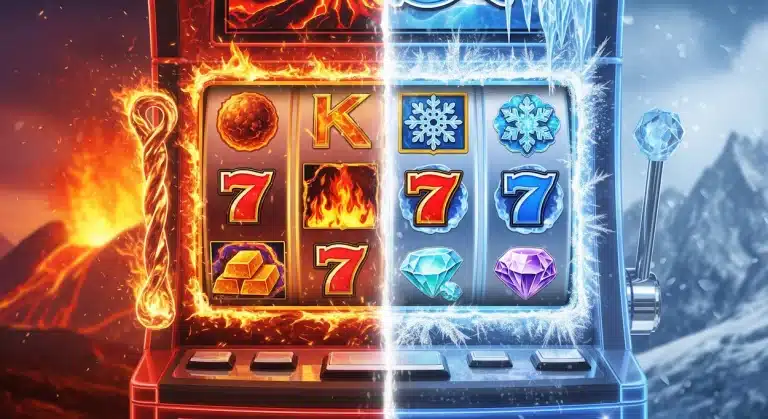We want to teach you about mastering the tables at online sweepstakes casinos, so today we’re diving into the world of side bets, those tempting wagers that promise big payouts but come with their own set of risks. This post deals with one of the most popular: the 21+3 side bet.
If you’ve ever played blackjack at a brick-and-mortar casino or a social casino online, you’ve likely seen the small betting circle next to the main blackjack spot, often labeled “21+3.” This bet is a thrilling combination of blackjack and three-card poker, adding a layer of excitement to every hand.
How It Works
The concept is simple. After you place your main blackjack wager, you can place a separate, optional wager on the 21+3 betting spot. This side bet is based on the first two cards you are dealt and the dealer’s single upcard. The goal is for these three cards to form a winning poker hand. The bet is settled before the main blackjack hand is even played out, so you’ll know the result of your 21+3 wager almost immediately.
The winning hands are typically ranked as follows, from lowest to highest:
- Flush: Three cards of the same suit.
- Straight: Three consecutive cards of any suit (e.g., 5-6-7).
- Three of a Kind: Three cards of the same rank (e.g., three Jacks).
- Straight Flush: Three consecutive cards of the same suit.
- Suited Three of a Kind: Three cards of the same rank and suit (e.g., three Queen of Hearts).
Some casinos may offer slightly different variations or payouts, but this is the most common format you’ll encounter.
The Payouts and the Catch
The allure of the 21+3 side bet lies in its potentially massive payouts. A common paytable looks something like this:
- Flush: 5 to 1
- Straight: 10 to 1
- Three of a Kind: 20 to 1
- Straight Flush: 30 to 1
- Suited Three of a Kind: 100 to 1
Imagine hitting a Suited Three of a Kind with a $10 side bet—you’d walk away with $1,000! That’s a life-changing win in a single hand, especially when playing with sweepstakes coins that can be redeemed for cash prizes. However, it’s crucial to understand the hidden cost of these high payouts: the house edge.
The House Edge: A Tale of Two Bets
As we’ve discussed, the house edge in the main blackjack game, when you play with optimal basic strategy, is incredibly low, often less than 1%. This makes blackjack one of the most player-friendly games in the casino.
The 21+3 side bet, on the other hand, is a different story. It operates independently of the main game’s strategy. Since you cannot influence the cards you’re dealt to form the poker hand, this bet is purely a game of chance. As a result, the house edge for the 21+3 bet is significantly higher, typically ranging from 3% to 7%. This means that for every $100 you wager on this bet over the long run, you can expect to lose between $3 and $7.
While this may not sound like much, it’s a stark contrast to the main game. If you’re playing for an hour and placing a $5 side bet on every hand, you could be losing a significant amount of your bankroll without even realizing it. The main game’s low house edge allows you to play for a longer period of time, while the 21+3 bet eats into your funds much more quickly.
The Verdict: Should You Bet on 21+3?
Ultimately, the decision to play the 21+3 side bet is a personal one. If you’re a recreational player who loves the thrill and excitement of a big payout and you’re playing with fun virtual coins at a sweepstakes casino, then by all means, throw a small amount on the 21+3 spot. It can add an extra element of fun and give you a chance at a bonus that’s hard to get in the main game.
However, if your goal is to maximize your time at the table and stretch your gameplay, it’s best to avoid side bets altogether. They are designed to be a fun distraction, but they are also a surefire way to increase your expected losses over time.
Here’s a demo version of Blackjack 21+3 to play for free so you can see whether this side bet appeals to you :
If you want to know more about extra ways to win at the blackjack table, we also explore another popular side bet, Perfect Pairs, and reveal its odds and house edge.







